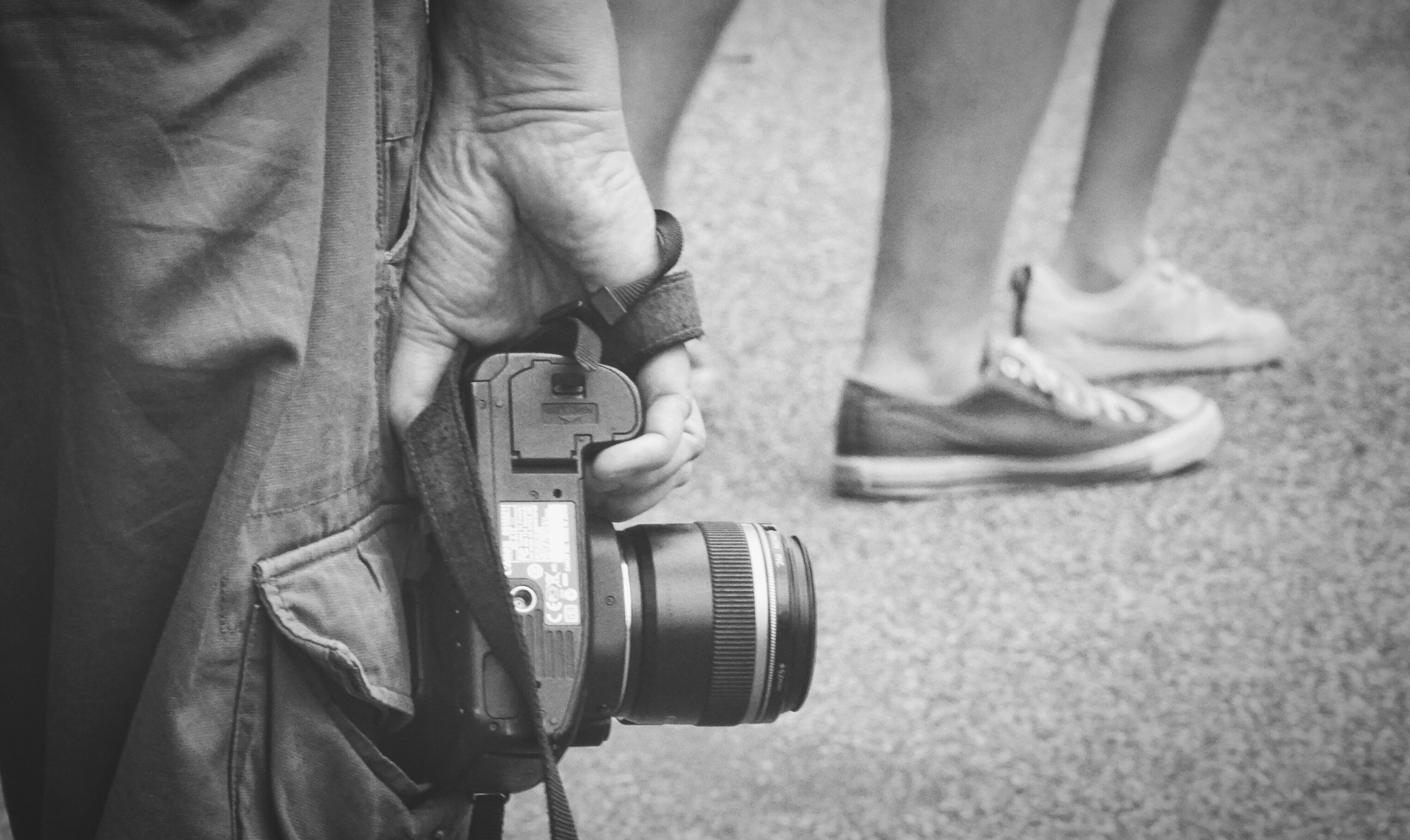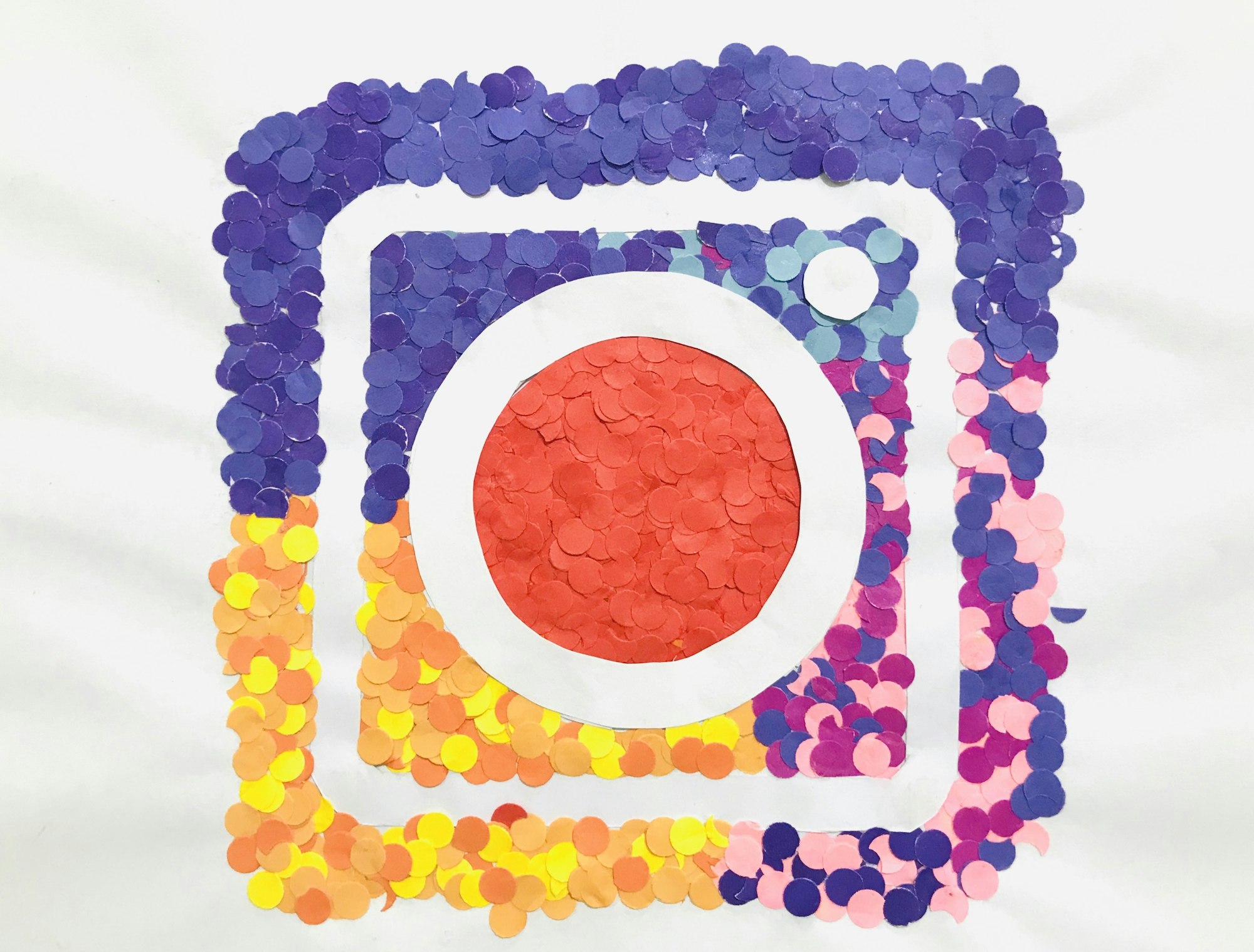
Comprehensive Guide to Shutter Speed: Mastering Movement and Time in Your Photography
Understanding and mastering shutter speed is one of the most important steps in your journey to becoming a proficient photographer. It's a fundamental aspect of exposure and can dramatically alter the look and feel of your photos. In this comprehensive guide, I'll walk you through the concept of shutter speed, how it influences your images, and tips to leverage it creatively in your photography.
What is Shutter Speed?
In the simplest terms, shutter speed is the amount of time that your camera's shutter is open. The shutter is a curtain that sits in front of your camera's sensor. When you take a photo, the shutter opens, allowing light to hit the sensor. The longer the shutter is open, the more light hits the sensor, and the brighter your photo will be.
Shutter speed is the length of time the camera's shutter is open, exposing light onto the camera sensor. It's usually measured in fractions of a second (e.g., 1/200) or in seconds for longer exposures (e.g., 1", 10", 30"). The faster the shutter speed, the less light hits the sensor, and conversely, the slower the shutter speed, the more light is recorded.
How Shutter Speed Affects Your Photos
The shutter speed you use will have a big impact on how motion is captured in your photos. If you use a fast shutter speed, you can freeze motion. This is great for capturing action shots, such as sports or wildlife photography.
For example, if you're photographing a runner, you can use a fast shutter speed to freeze their legs in mid-stride. This will give you a sharp photo that captures the action of the moment.
On the other hand, if you use a slow shutter speed, you can blur motion. This can be used to create creative effects, such as blurred water or clouds.
For example, if you're photographing a waterfall, you can use a slow shutter speed to create a smooth, flowing effect. This will give your photo a sense of movement and energy.
Exposure
Alongside aperture and ISO, shutter speed is a crucial component of the exposure triangle. A fast shutter speed lets in less light and yields a darker image, while a slow shutter speed allows more light and results in a brighter photo. Understanding this relationship is key to achieving proper exposure in your shots.
Motion
Perhaps the most significant creative impact of shutter speed is how it affects the portrayal of motion. Fast shutter speeds can freeze action, rendering moving subjects sharp and clear. Slow shutter speeds, on the other hand, allow for the blurring of motion, conveying a sense of movement and time passing.
Tips for Using Shutter Speed Creatively
Freezing Action
Fast shutter speeds (such as 1/500, 1/1000, or faster) are excellent for capturing fast-moving subjects with clarity. This technique is often used in sports or wildlife photography, where the aim is to freeze a fleeting moment in time.
Introducing Motion Blur
Slow shutter speeds (such as 1/30, 1/15, or slower) can introduce a sense of movement into your shots by blurring moving elements. This technique can be useful in various genres, including street photography, landscapes (for smooth, silky water or clouds), and night photography.
Long Exposures
Very slow shutter speeds, often several seconds or even minutes, are used for long exposure photography. This technique can create dramatic effects, such as smooth, misty water, light trails in night scenes, or the movement of stars in the sky.
Panning
Panning involves moving the camera along with a moving subject during a slow shutter speed (e.g., 1/30 or slower). This technique can create a sharp subject against a blurred background, emphasizing the subject's motion.
Shutter Speed and Camera Shake
It's important to note that slow shutter speeds can introduce camera shake, resulting in blurry images. A general rule of thumb to avoid this is not to shoot handheld slower than the reciprocal of your focal length (e.g., 1/50 for a 50mm lens). Using a tripod, image stabilization, or increasing your ISO to allow for a faster shutter speed can help combat camera shake.
My Own Experiences and Lessons Learned
I've been using shutter speed for many years now, and I've learned a lot along the way. Here are a few of my own experiences and lessons learned:
- Fast shutter speeds are great for freezing motion, but they can also make your photos look flat. If you're trying to capture a lot of detail in your photos, you'll want to use a slower shutter speed.
- Slow shutter speeds can be used to blur motion, but they can also introduce camera shake. If you're using a slow shutter speed, it's important to use a tripod to keep your camera steady.
- Experimentation is key. The best way to learn how shutter speed affects your photos is to experiment with different settings in different situations.
To Recap
Mastering shutter speed is a vital step towards gaining creative control over your images. By understanding its impact on exposure and motion, you can use shutter speed to tell stories, convey emotion, and create stunning, impactful photographs. Whether you're freezing a moment in time or portraying the flow of movement, shutter speed is a powerful tool in your photographic arsenal.


